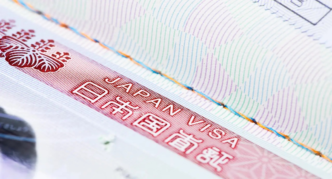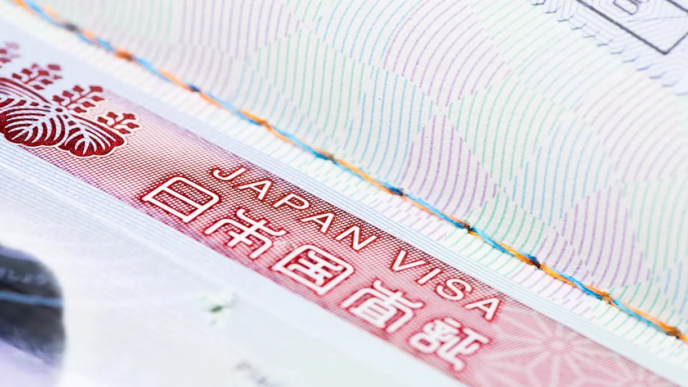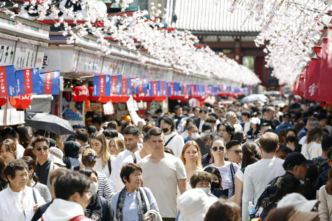Post-Pandemic Tourism Boom Brings Challenges
Japan experienced a historic surge in tourism in 2024, with 36.9 million foreign visitors exploring the country, according to the Japan National Tourism Organization (JNTO). This marked a 47% increase compared to 2019, the previous record year before the COVID-19 pandemic.
Why the Boom?
The rise in tourists was fueled by:
• Weaker yen: Japan became an affordable destination, with lower costs for dining, shopping, and transportation.
• Regional connections: More flights from South Korea, Taiwan, China, and Hong Kong boosted accessibility.
This rapid growth brings Japan closer to its goal of attracting 60 million tourists by 2030.
Tourism Overcrowding Creates Local Issues
The sudden influx of visitors caused challenges in popular tourist areas:
• Kyoto: Overcrowding in the historic Gion district led to restrictions, including banning visitors from narrow streets where geishas were being harassed for photos.
• Mt. Fuji: Barriers were erected in Fujikawaguchiko to control crowds at a popular photo spot.
Some areas, like Himeji, are considering higher entry fees for foreign tourists to manage overcrowding.
Shift Focus to Rural Areas
To ease pressure on cities like Tokyo, Osaka, and Kyoto, Japan is encouraging visitors to explore rural areas. These regions are still recovering economically and could benefit from tourism.
Despite challenges, Japan’s record-breaking year highlights its appeal as a top travel destination, combining modern cities with rich cultural heritage. The government is working to balance tourism growth with the needs of local communities.

















